St Mary's Lane
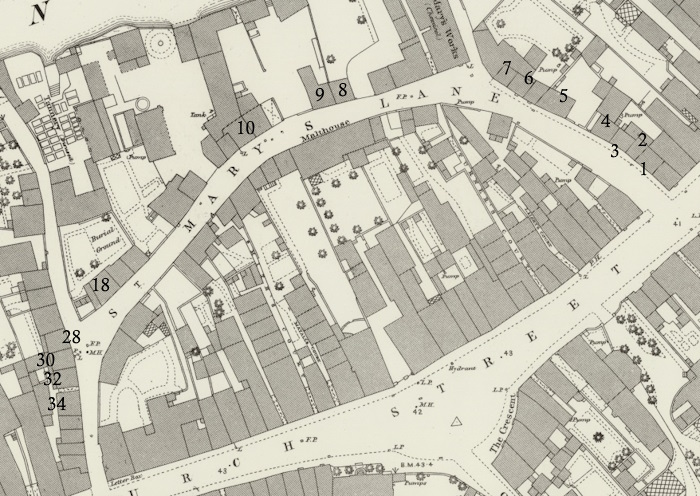
From Historic England website:
St Marys Lane, Tewkesbury, Gloucestershire. A view from the south east showing a row of mediaeval, timber framed buildings on the north side of St Marys Lane. These buildings may have originally been a row of houses, however by the 1880s at least the near end of this building was part of the St Marys Chemical Works where agricultural fertilizer was both imported and made. By 1901 it was in use as an agricultural engineering works for King s, who had a shop at number 9 High Street. Between the late 1920s and the 1960s the building was in use as a motor garage, as seen here. It was demolished in 1965 to provide additional car parking space for both the Royal Hop Pole Hotel and for the general public, uses in which the site continues.
This photograph was taken around 1955
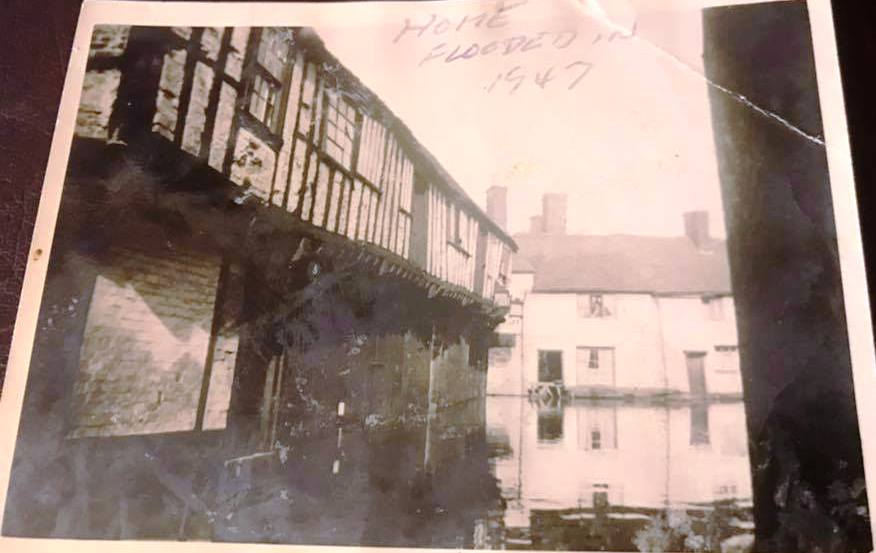
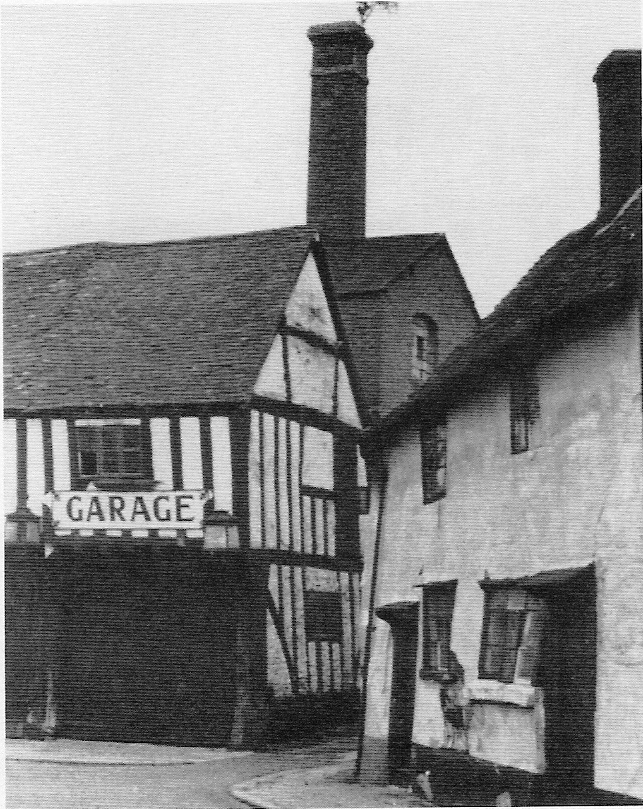
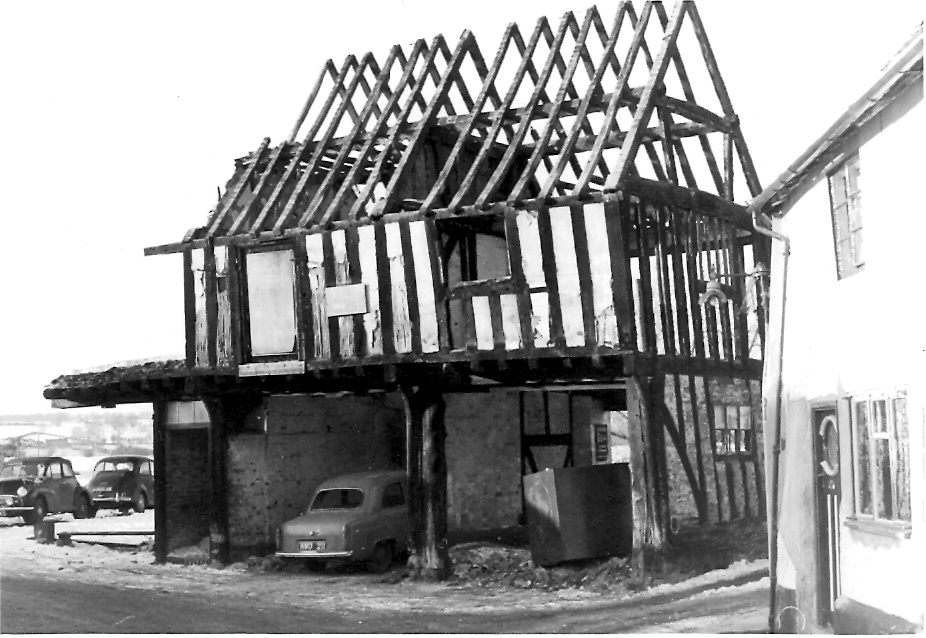
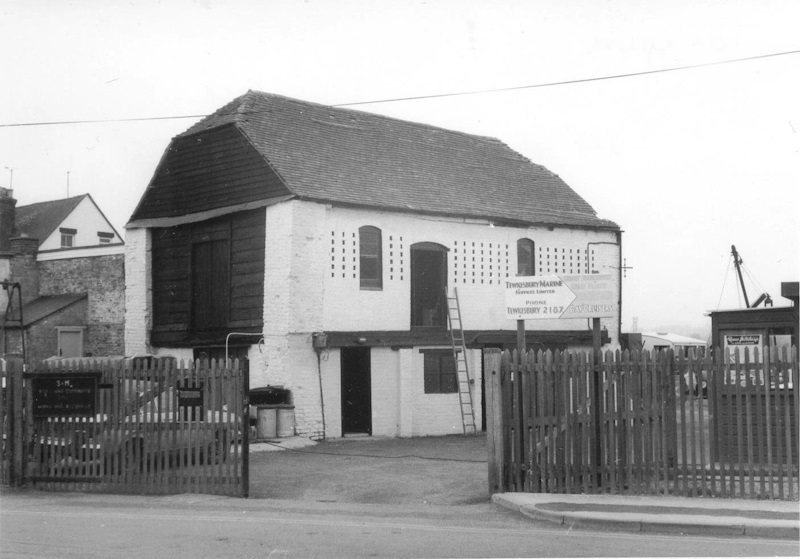
10 St Mary's Lane
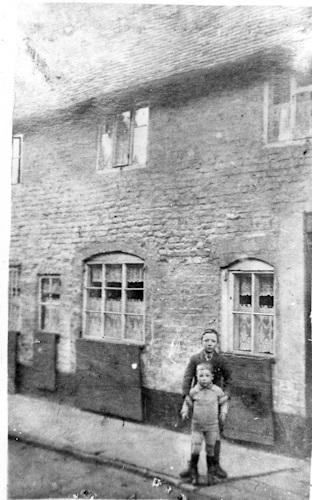


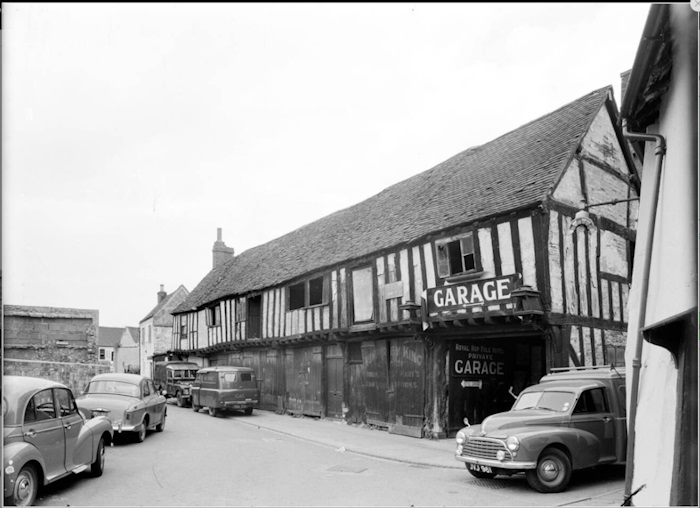

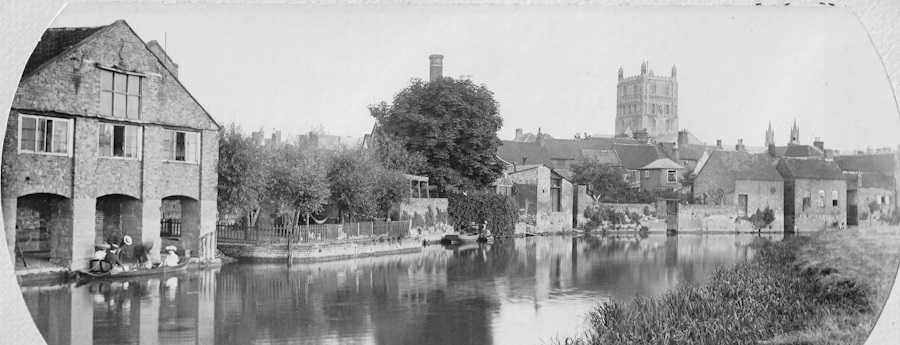

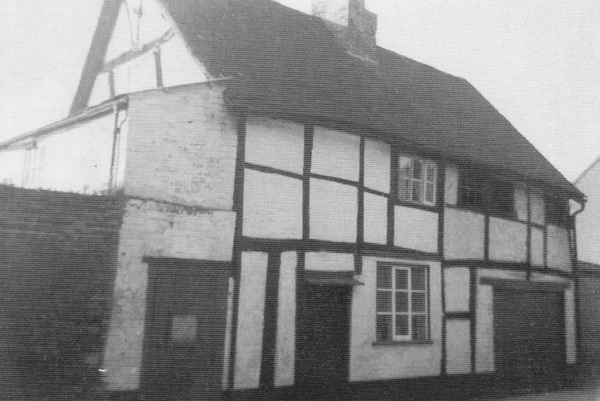
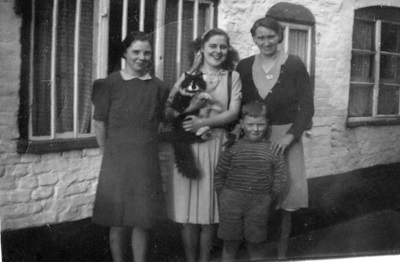
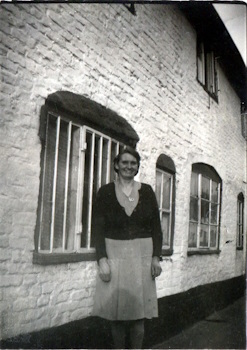
Comments